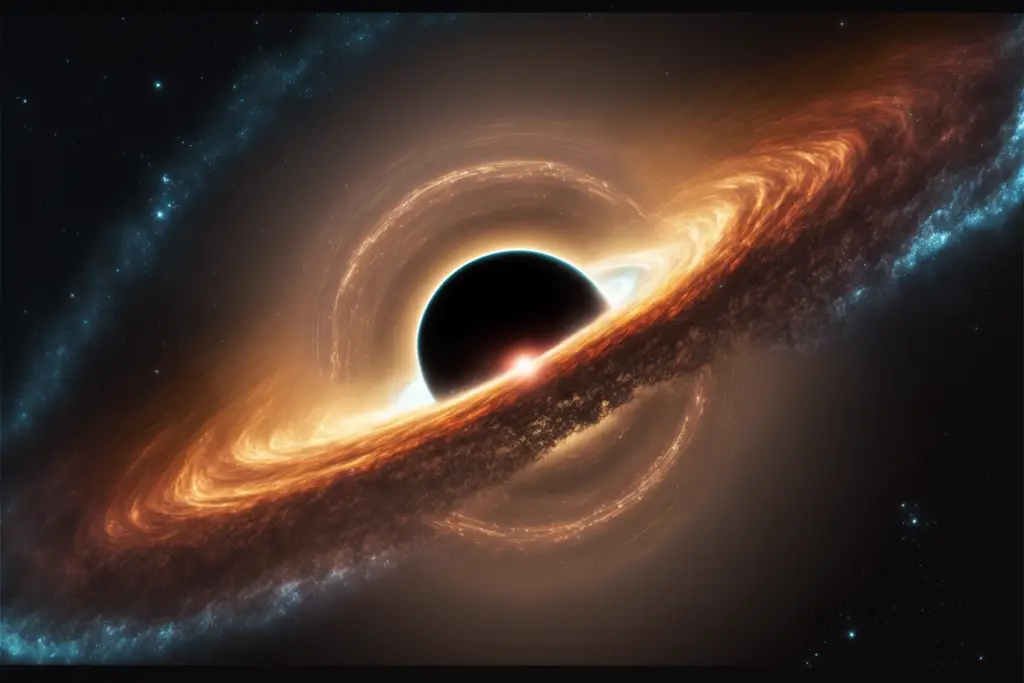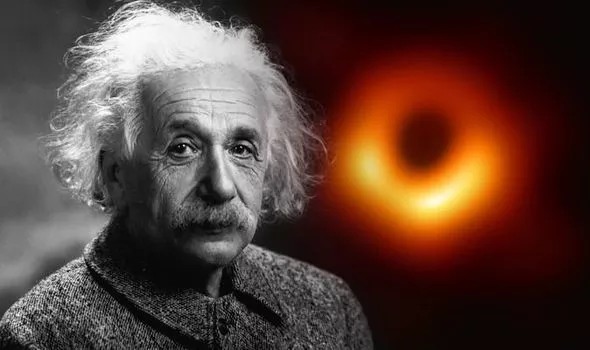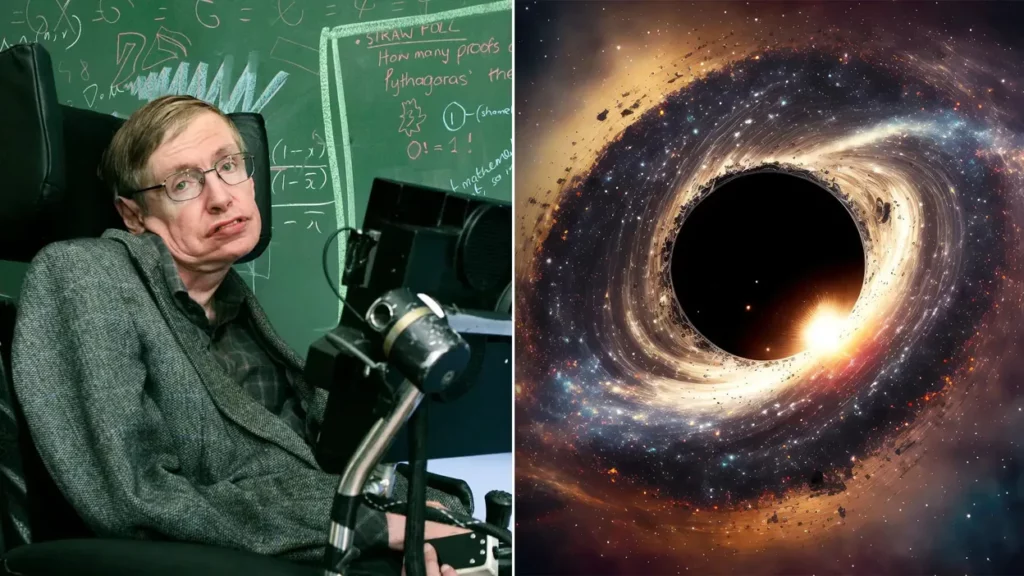In this article, we delve into the mysterious realm of black holes, exploring their history, anatomy, and the ground-breaking work of prominent scientists like Einstein and Hawking.

The article discusses the complex nature of black holes and how they have shaped our understanding of the cosmos.
Table of Contents
The Birth of a Black Hole
In the vast cosmic ocean, stars are born, live, and die, just like the organisms that inhabit our pale blue dot. The death of a massive star, in a spectacular supernova explosion, leaves behind a stellar corpse that can sometimes become a black hole. These enigmatic objects, shrouded in darkness and bending the very fabric of space-time, have captivated the minds of scientists and philosophers alike. As we embark on this journey to understand the nature of black holes, let us first explore their genesis.
The Eye of God, the nebula that observes us from 650 light years away
Our Universe Is Result of a Lab Experiment by Aliens: Harvard Professor
II. Einstein’s Vision: The Curvature of Space-Time
Albert Einstein, one of the greatest physicists of all time, laid the foundation for our understanding of black holes with his theory of General Relativity. In this groundbreaking work, Einstein depicted space and time as a single, ever-changing fabric called space-time.

He envisioned massive objects, like stars and planets, as altering this fabric, causing it to curve around them. The greater an object’s mass, the more it deforms space-time and the stronger its gravitational pull. Following this train of thought, it becomes easier to fathom the immense gravity of a black hole, an object so dense that not even light can escape its grasp.
III. Hawking’s Legacy: A Glimpse into the Blackness
Stephen Hawking, a brilliant physicist and a passionate explorer of the cosmos, dedicated much of his life to unraveling the mysteries of black holes.

His most famous contribution to this field is the concept of Hawking radiation. Contrary to the prevailing belief that black holes only consume and never emit anything, Hawking predicted that they would release a faint form of radiation, caused by quantum fluctuations at their event horizon. This revolutionary idea has significant implications for the fate of black holes, suggesting that they may eventually evaporate and vanish into the cosmic ether.
IV. The Anatomy of a Black Hole
A typical black hole consists of several key components. At its core lies the singularity, a point of infinite density and zero volume, where our current understanding of physics breaks down. Surrounding the singularity is the event horizon, a boundary beyond which nothing, not even light, can escape the black hole’s gravitational pull. As we venture further outward, we encounter the ergosphere, a region where space-time is dragged along with the black hole’s rotation, and the accretion disk, a swirling mass of matter falling into the abyss.
V. Current Theories and Observations: Peering into the Darkness
Our exploration of black holes has been greatly aided by advances in technology and the collective efforts of scientists around the globe. In 2019, the Event Horizon Telescope collaboration made history by capturing the first-ever image of a black hole’s event horizon. This monumental achievement not only confirmed Einstein’s predictions but also provided invaluable insights into the behavior of these cosmic behemoths. Furthermore, the detection of gravitational waves by LIGO and Virgo observatories has opened up new avenues for studying black holes and the cosmic ballet that ensues when they merge.
VI. Future Discoveries: Unraveling the Fabric of the Universe
The enigmatic nature of black holes continues to challenge our understanding of the cosmos, and the pursuit of knowledge will undoubtedly yield more fascinating discoveries. Upcoming missions, such as the James Webb Space Telescope and the Laser Interferometer Space Antenna, promise to shed light on the formation, evolution, and ultimate fate of black holes. These endeavors will undoubtedly help us unravel the fabric of the universe and deepen our connection to the cosmos.
As we stand on the shores of the cosmic ocean, gazing into the abyss of black holes, we are reminded of our own insignificance in the grand scheme of the universe. Yet, as cosmic explorers, we continue to push the boundaries of our understanding, seeking answers to the most profound questions of our existence. In the words of Carl Sagan, “Somewhere, something incredible is waiting to be known.” And as we delve deeper into the enigma of black holes, we inch closer to uncovering the secrets of the cosmos and our place within it.

